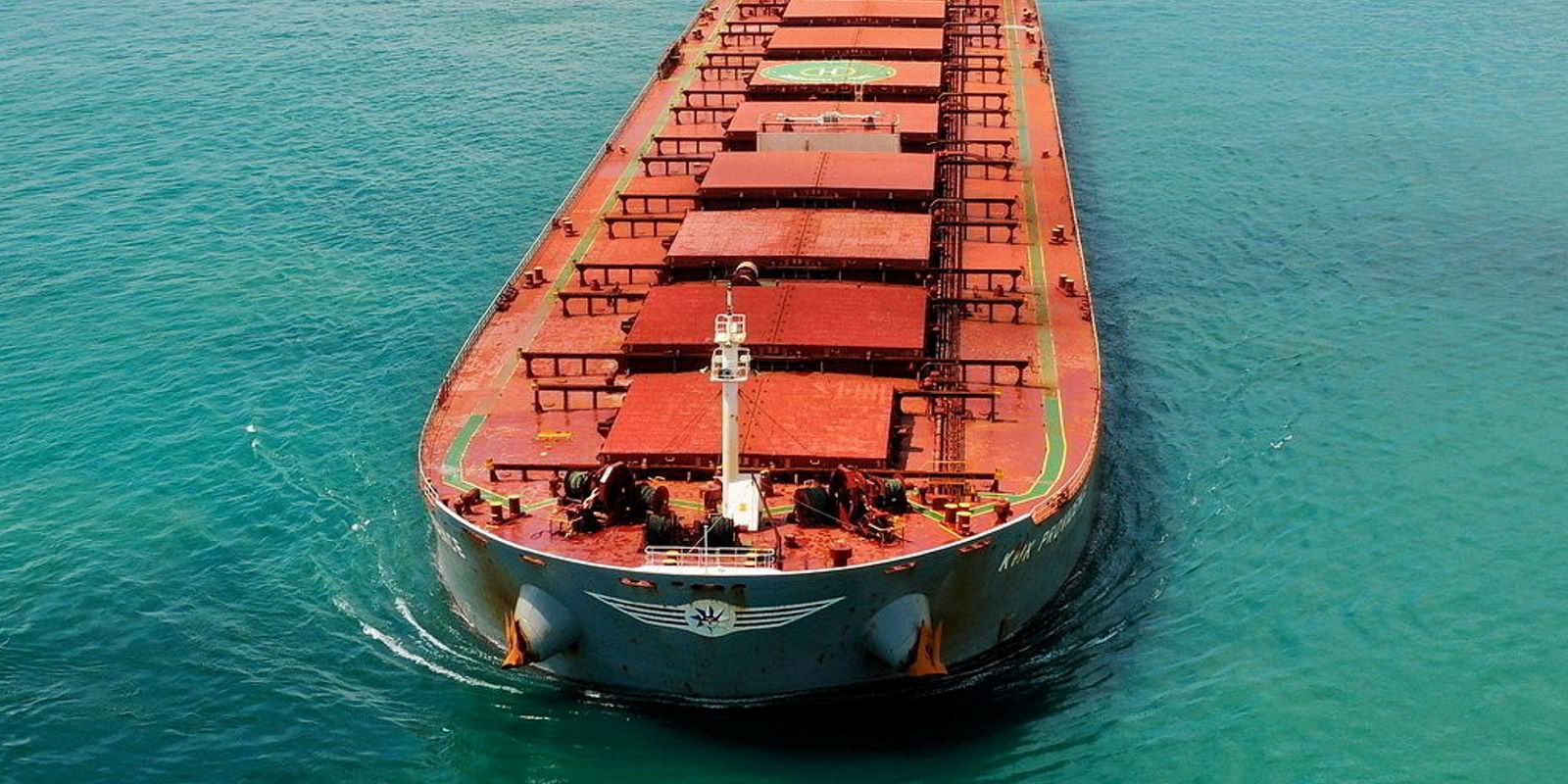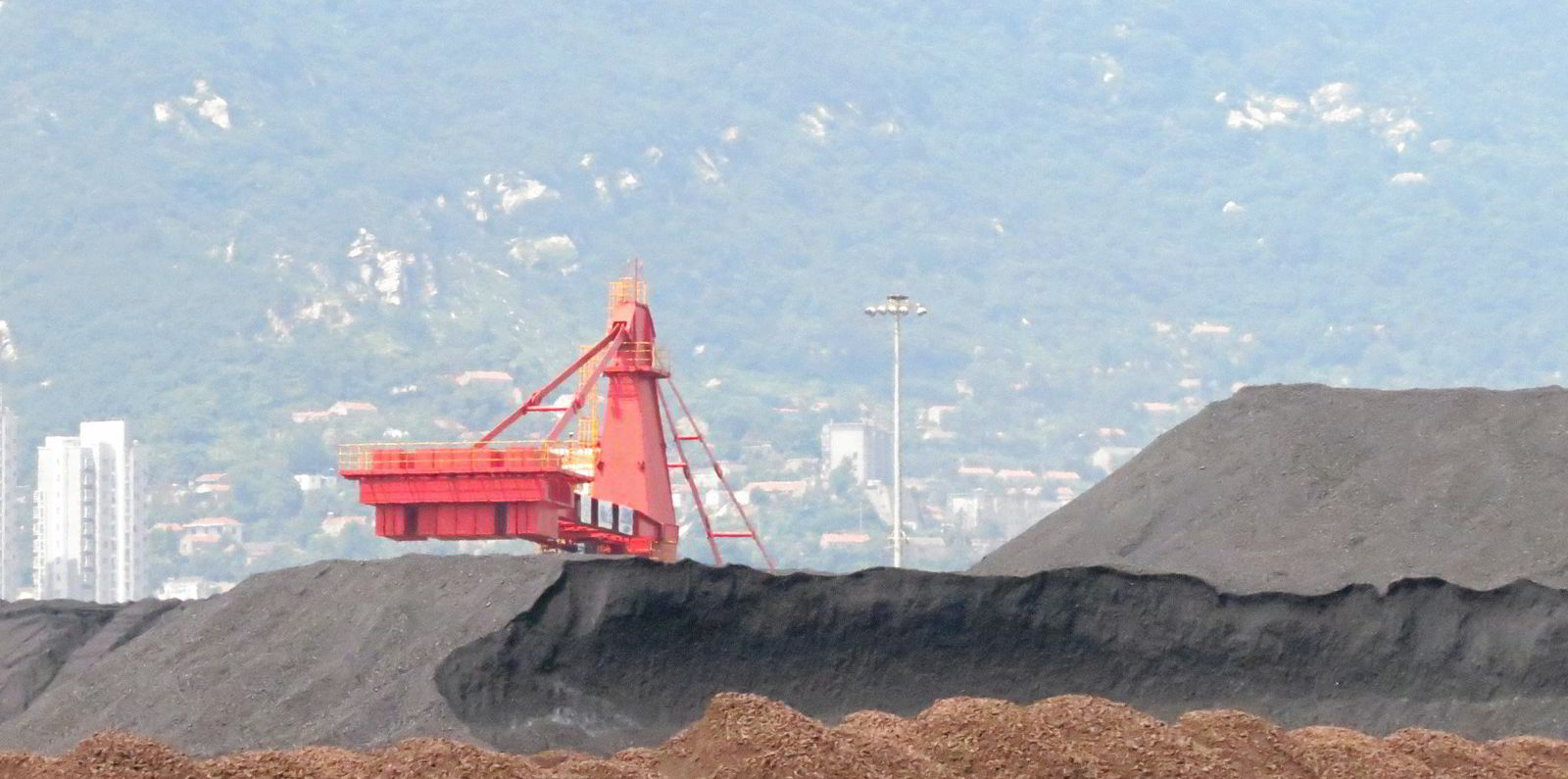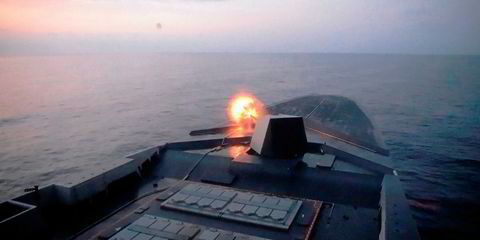The C16 transatlantic backhaul route for capesize bulkers has emerged as a serious money maker as Europe seeks coal from greater distances during the Russia-Ukraine conflict.
The average spot rate for this ballasting route has skyrocketed to $30,500 per day on Monday from $1,050 per day when the war began on 24 February, according to Baltic Exchange data.
This astounding rate, which has not been seen in eight months, is rivalling the average spot rate for the C8 transatlantic round voyage between Brazil and China, which stood at $33,125 per day on Monday.
The C16’s average spot rate actually surpassed the C8 figure by $5,250 on 13 May by reaching $28,500 per day, but the C8 rate has since recovered to $33,125 per day on Monday.
The fronthaul C9 route still has a much higher rate than its C16 counterpart at $62,350 per day on Monday, though it has risen much more slowly since the war began, from $39,200 per day.
“The discounted backhaul C16 is designed in tandem with the premium-paying fronthaul C9 route,” a Baltic Exchange spokesperson told TradeWinds.
“While the one positions vessels into the Atlantic, the other delivers cargo from the North Atlantic into Asia, ultimately redelivering vessels into the highly tonnaged Asian area.”
But the C16 backhaul has become more of a cargo route to ship coal to Europe from Asia instead of from Russia, while the fronthaul C9 and the transatlantic C8 became “relatively stagnant” as fixture activity in the North Atlantic weakened.
“This brought the spreads between the three routes much closer, with speculation that the backhaul could catch up to the fronthaul levels,” the spokesperson said.
“Further speculation posited that without an improvement in Atlantic-based business, the increasing number of vessels heading to the North Atlantic was feared to over-tonnage the area, further exacerbating the poor Atlantic situation.
“Fortuitously, demand for vessels in the Atlantic basin improved dramatically last week, sparking a surge in rates for the region and a healthier market all round.”
The war-shifted coal trades are why C16 spot rates are higher, but most capesize cargo remains on the Pacific round-trip voyage from Australia to China and the Brazil to China route, said John Kartsonas, founder of dry bulk exchange-traded fund platform Breakwave Advisors.
“Although the backhaul is thriving, not a lot of cargo moves that way compared to the iron ore trade that dominates capesizes,” he told TradeWinds.
“So, yes, the C16 rate is impressive, but that does not define the capesize market by any means.”
But “sentiments are strong” across all of dry bulk shipping as owners and charterers face disrupted cargo flows and a global energy shortage, said Giuseppe Rosano, founder of UK broking house Alibra Shipping.
“We are in unprecedented times and the market is adjusting. As to why and how, we are all trying to fit the pieces of the puzzle now — whilst that does mean cargo flow is part of that change, especially given the European crisis,” he told TradeWinds.
“I think we could see a boom after the summer or, knowing this market, that could happen earlier.”






